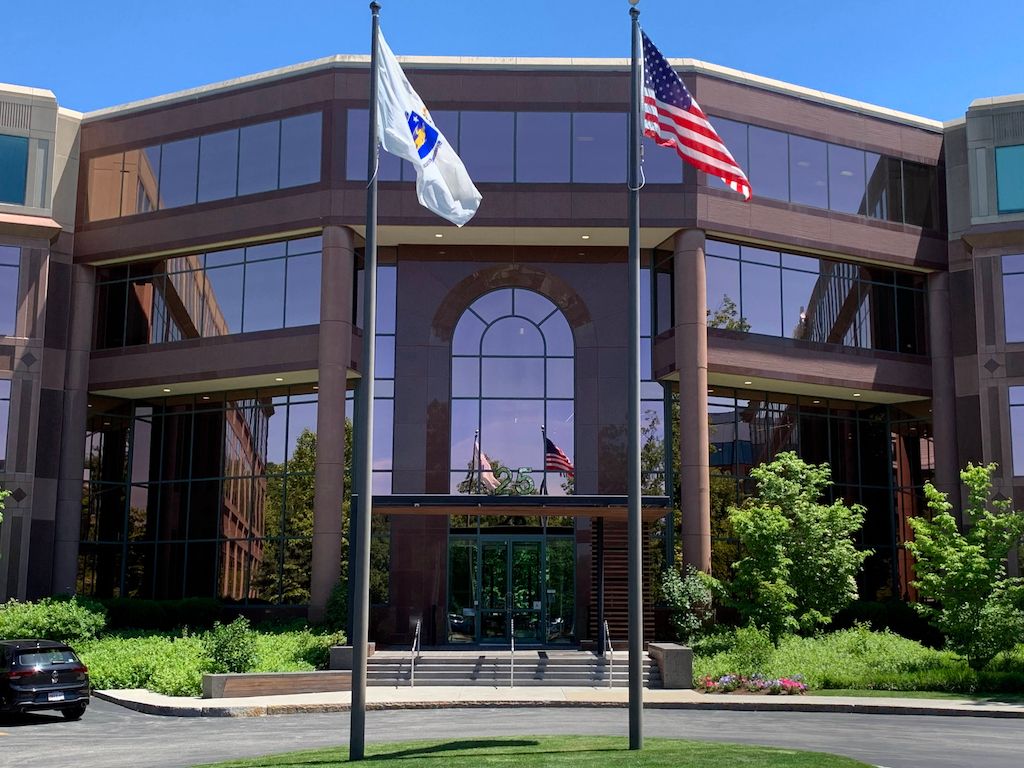Every day across the tech industry, teams gather for daily stand-up meetings. While the structure varies by organization, the intent is the same: to efficiently provide status and identify blocking issues. While I have attended many stand-ups over the years, I have an odd footnote in my personal history: I was at the very first stand-up.
The location was 25 Corporate Drive in Burlington, Massachusetts (former headquarters of Acquia), and the year was 1992 or 1993. I was a fresh-faced college graduate who had recently transferred to a small software team in Easel Corporation to join two talented engineers from Stuttgart (Gerd and Dirk) and our soon to be team lead, John Scumniotales.
For the first several months, the four of us worked as a fast moving team, building tools for an object-oriented Smalltalk environment to be used by Fortune 2000 companies. Easel was a public company whose market share was being rapidly eroded by PowerBuilder and Visual Basic, and I worked for three different VPs of engineering over our first year. It was under the tenure of our 3rd VPE, Jeff Sutherland, that the first stand-up occurred.
Prior to the first stand-up, our four person team had no need for formal meetings, and instead just talked to each other over our cubes. With the addition of several new members to our team though, there was an increasing impatience with the slowness of the formal meetings we had started. One day John changed it up by pulling us together for a quick meeting in a empty office around the corner from our work area. By not choosing one of the many available conference rooms, the meeting instantly had a sense of informality and urgency. We didn’t stand at this time, instead sitting on rolling chairs in a large open office decorated with nothing but a whiteboard.
John gave each of us each a chance to provide an update and identify issues that might impact other team members. This initial meeting was attended by development, quality and product management. While I can’t say that the agenda was as simple as - what did you do yesterday, what are you doing today, and what if any blocking issues have you encountered - it was pretty close. There was no tolerance for long drawn out updates or discussions, and it was clear to all attendees that our time in stand-up was taking us away from the critical work of building a product.
I don’t recall us ever calling it a stand-up, and believe that term evolved post-Easel. When I first heard it, I often wondered if it came from one of our previous VPEs, who had told us stories of how all meetings at Apollo started with everyone standing up (only after a meeting owner and agenda were agreed to could attendees sit down). But I still remember my first official post-Easel stand-up, where I couldn’t help but have a feeling of deja vu. It was only years later that I actually made the connection to the “first Scrum team.”
The first stand-up was created in the void between two eras: the explosive growth of the personal computer in the 1980s, and the coming dotcom boom of the mid-1990s. It was one of many creations from a new generation of software professionals seeking better and faster ways to apply their craft, while making a hard break from their procedural / waterfall inheritance.
The goal of every software organization is to deliver value for its users through software. This goal is impeded by the natural friction that arises for everything that needs to happen between the software engineers writing the code and the users deriving value from it. The first stand-up was one of many innovations created to reduce this friction, and allow us to produce more value faster for our users.
Related posts: 8 Lessons From the First Scrum Team, The Easel Mafia
